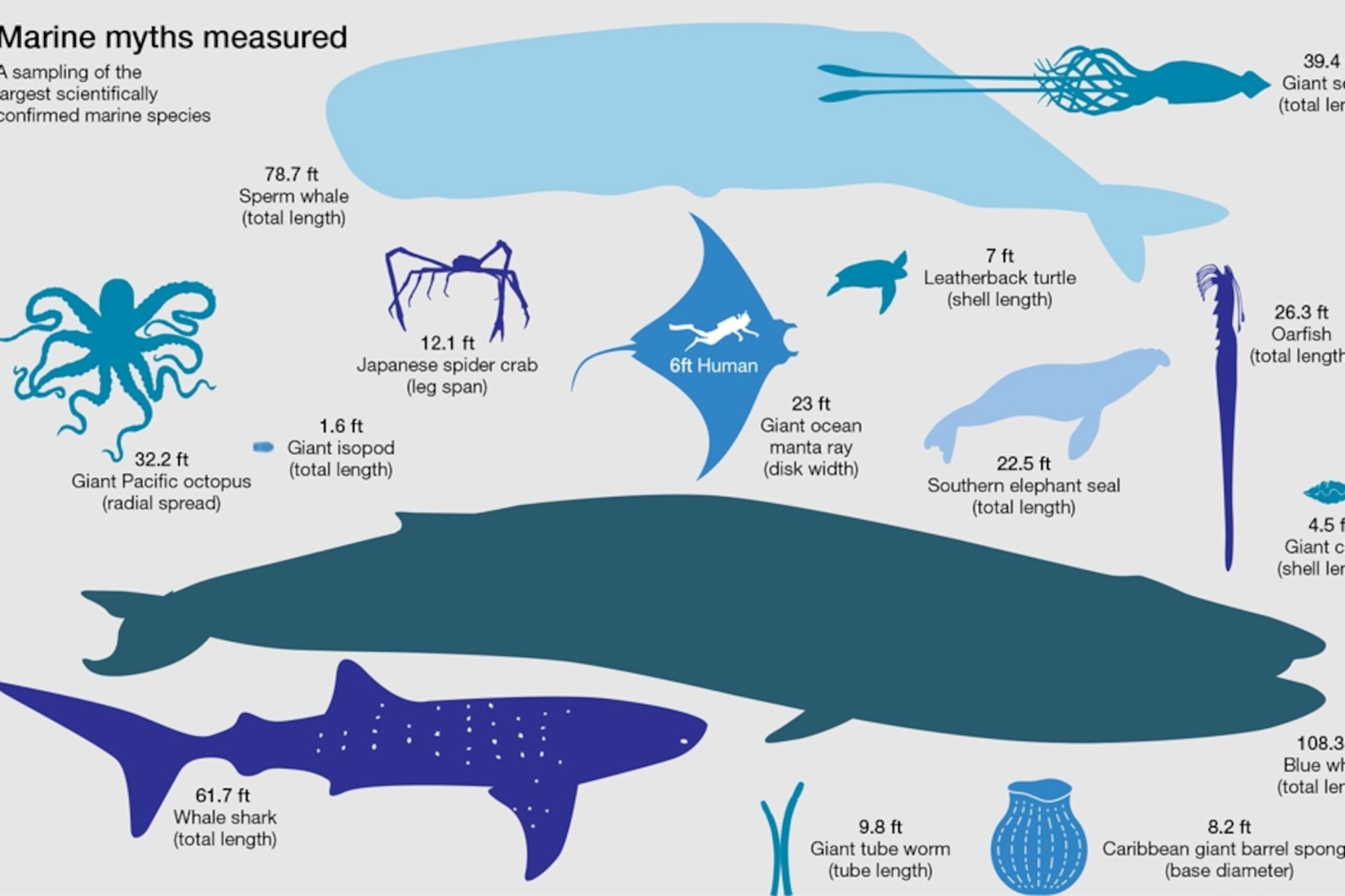Blue whales and elephants, both among the largest animals on Earth, are compared in terms of size, habitat, diet, behavior, and conservation status in this article. Blue whales, the largest animals, live in oceans and feed on krill, while elephants, the largest land animals, inhabit various habitats and are herbivores. Blue whales are solitary and migrate for food, while elephants are social and communicate through various ways. Both face conservation challenges, with blue whales endangered due to past whaling and elephants threatened by habitat loss and poaching. It is important to protect these magnificent creatures for future generations.
Blue Whale vs. Elephant
Introduction
Blue whales and elephants are two of the largest animals on Earth, each holding a unique place in the animal kingdom. In this article, we will compare and contrast these majestic creatures in terms of their size, habitat, diet, behavior, and conservation status.
Size
Blue whales hold the title of being the largest animals on Earth, with an average length of around 80 to 100 feet and weighing up to 200 tons. On the other hand, elephants are the largest land animals, with an average height of 10 to 13 feet at the shoulder and weighing up to 14,000 pounds.
Habitat
Blue whales are known for their vast oceanic habitat, spanning all major oceans from the Arctic to the Antarctic. They are often found in deep waters feeding on krill, their primary food source. Elephants, on the other hand, inhabit various types of habitats, including savannas, forests, and grasslands across Africa and Asia.
Diet
Blue whales primarily feed on krill, small shrimp-like crustaceans, consuming up to 4 tons of krill per day. Elephants are herbivores, feeding on a variety of plant matter such as grasses, leaves, fruits, and bark. They can consume up to 300 pounds of food per day.
Behavior
Blue whales are known for their gentle and solitary nature, often migrating long distances in search of food. They are also known for their distinctive song that can travel for miles underwater. Elephants are highly social animals, living in close-knit family groups led by a matriarch. They communicate through various vocalizations, body language, and touch.
Conservation Status
Blue whales are listed as endangered species due to centuries of commercial whaling that decimated their populations. Conservation efforts are now in place to protect these magnificent creatures and their habitats. Elephants are also facing threats such as habitat loss, poaching for ivory, and human-wildlife conflict. Conservation measures are being implemented to ensure their survival in the wild.
Conclusion
In conclusion, both blue whales and elephants are remarkable animals that hold a special place in the natural world. While they differ in size, habitat, diet, and behavior, they share the common struggle of conservation in the face of human activities. It is important for us to appreciate and protect these magnificent creatures for future generations to enjoy.
